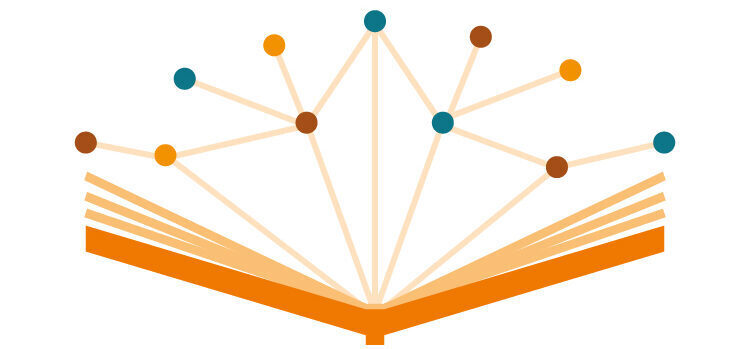Global Refugee Forum 2023

By the end of 2022, there were 108.4 million people forcibly displaced worldwide, including 35.3 million refugees. The number of refugees in urgent need of resettlement estimated by the United Nations High Commissioner for Refugees has increased to 2.4 million in 2024. In 2022, only 114,300, or 7% of refugees identified by UNHCR as being in need, were able to access resettlement; numbers in previous years were even lower.
The Australian Education Pledge for the 2023 Global Refugee Forum
We welcome the Australian government’s ambition to progressively increase community sponsored and other complementary places to 10,000 places per year. We also recognise the ambition of the UNHCR’s 15/30 campaign, and the role that Australian tertiary education institutions can play in supporting this ambition.
In the lead up to the second Global Refugee Forum in December 2023, we pledge to support the Australian government and the tertiary education sectors in realising this goal in one or more of the following ways:
- Continuing to advocate for a new educational complementary pathway that is based on these six principles:
- It creates a new durable solution with relevant protection safeguards built in.
- It takes a shared partnership approach.
- It provides flexibility to respond to individual needs, and is underpinned by an ongoing program of testing for viability of the pathway.
- It draws on the experience and expertise of existing models, capabilities and mechanism to adapt for the Australian educational context.
- It actively supports the agency and autonomy of students.
- It offers robust settlement and academic support.
- Creating and extending connected learning opportunities by leveraging the expertise and capacity of Australian tertiary institutions to support educational opportunities in countries of asylum.
- Supporting the UNHCR’s ambition for an increase in refugee enrolments by linking higher education and VET opportunities to create sustainable and successful pathways into, through, and out of tertiary education.
- Collaborating with international organisations and initiatives to facilitate better qualification and skills recognition.
- Liaising with refugee employment schemes, such as the Skilled Refugee Labour Mobility Pilot, and employment organisations, such as Talent Beyond Boundaries, Deakin CREATE, CareerSeekers, HOST International (and others) to better link education and employment for refugees.
- Actively supporting refugee self-determination, agency, and leadership in the area of refugee education.
How will we realise these ambitions?
- Provide support to the Australian government and tertiary education institutions to develop, test and scale new pathways and connected learning programs required to achieve this goal.
- Mobilise campus sponsor groups to welcome and support the settlement of refugees.
- Create community awareness of relevant programs from grassroots to senior executive levels, with the intention of growing the number of institutions and actors who are able to contribute to these ambitions around complementary pathway places, and increased refugee participation in tertiary education.
- Support the fundraising efforts that underpin educational complementary pathways and connected learning opportunities.
- Support the work of those responsible for welcoming and supporting the settlement of refugee newcomers through such pathways.
Sign up to the pledge
If you want to show your support for the Australian Refugee Education Pledge, please complete this form:
What can Australian educational institutions do to help more displaced refugees?
The Australian tertiary education sector has the potential to contribute to developing a new complementary pathway through the creation of a blueprint for an educational complementary pathway – the Refugee Student Settlement Pathway. There are at least 33 programs in 26 countries that are offering education as a protection tool to create new resettlement options, or pathways to protection. It is timely arguably necessary for Australia to develop its own complementary education pathway(s) with higher education and Vocational and Education & Training (VET) providers. Working with government, the higher education sector has a unique and important role to play assisting Australia to realise it’s capacity to respond to the growing communities of displaced people in the Asia-Pacific in the longer-term.
We also view Australia tertiary education institutions, such as universities and VET colleges, as having capacity to engage in supporting the UNHCR’s broader 15/30 campaign, which is working towards 15% of refugees being enrolled in higher education by 2030. Australian educational institutions can get more involved by developing connected higher education and VET opportunities in countries where refugees are displaced.
Rationale for the pledge
At the Global Refugee Forum in 2019, many countries — including Australia — pledged commitments to further the objectives of the Global Compact on Refugees, including to work collectively to find more third country durable solutions for displaced and stateless peoples, in ways that create flourishing environments for both refugees and host communities. Creating more complementary pathways for refugees to access avenues to protection and security in third countries, which sit outside of resettlement programs for UNHCR-referred refugees, is fundamental to meeting the growing displacement crises we are currently seeing unfold.
Encouragingly, the Australian government has stated its ambition to further support global refugee resettlement efforts by expanding access to protection for refugees and those with humanitarian need through migration pathways that are complementary to Australia’s long-standing and vital Humanitarian Program. Specifically, the Australian government aspires to progressively increase community sponsored and other complementary places to 10,000 per year over time and make this additional to Australia’s humanitarian intake (currently 20,000 places per year and likely to grow). Australia already has some of the tools and programs needed to support this goal, including the Community Refugee Integration and Settlement Pilot and the Skilled Refugee Labour Mobility Pilot, but more needs to be done to realise the capacity and goodwill of civil society.
